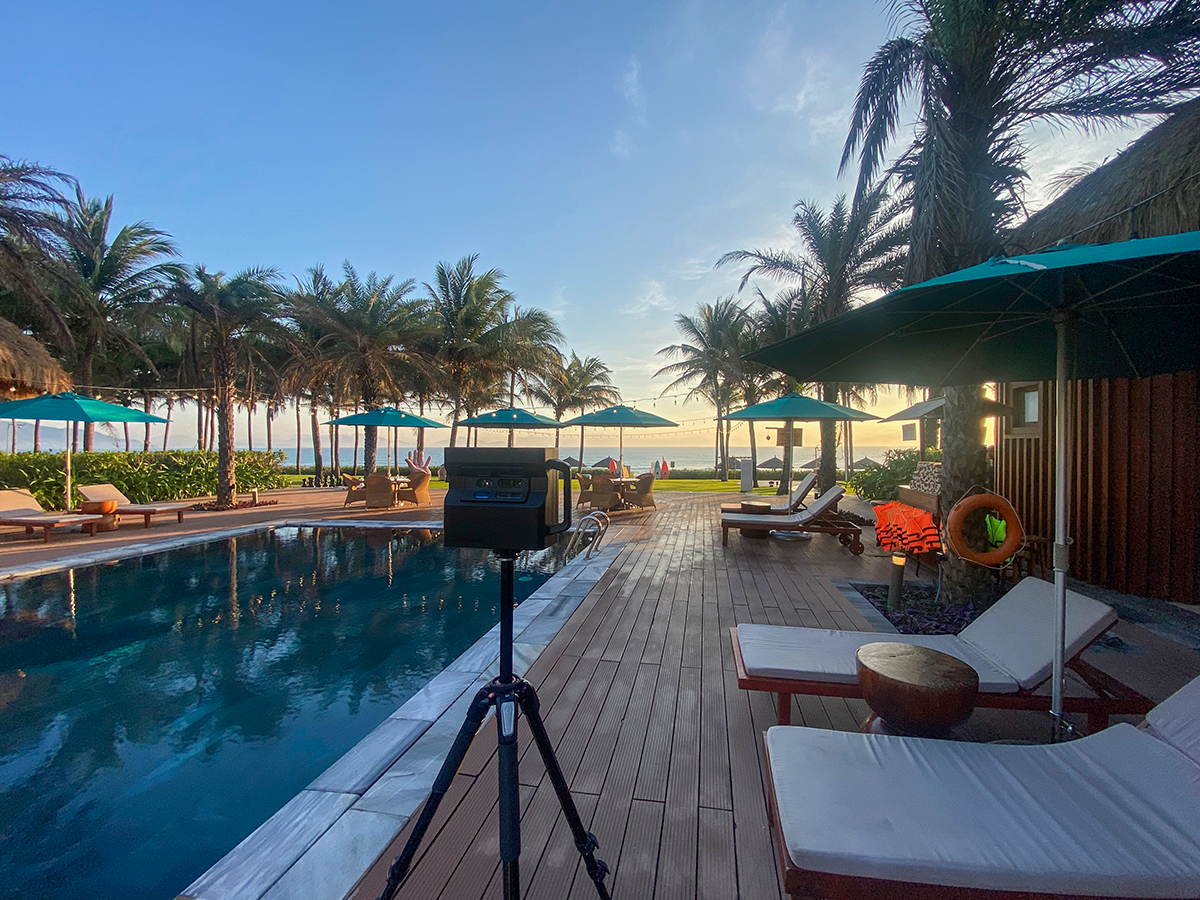In the hyper-competitive hospitality landscape, the battle for guest confidence is the primary driver of profitability. A digital twin is no longer a marketing novelty but a critical piece of infrastructure. This analysis examines how this technology serves as a solution to core business challenges: the erosion of margins by OTAs, the demand for digital convenience from modern travelers, and the need for operational efficiency at scale.
The Data-Driven Mandate for Digital Twins
The hospitality market in Asia is projected to be the world's fastest-growing through 2028. In this environment, every percentage point of margin matters. Data from hospitality industry reports (as of Q3 2025) shows that Online Travel Agency (OTA) commissions can erode revenue by 15-30%. The primary strategy to counter this is to drive direct bookings. A key finding from a 2024 Skift report indicates that 68% of travelers are more likely to book directly if a hotel's website offers a comprehensive virtual tour, as it provides a level of transparency that photos cannot match.
Pillar I: Drive Profitable Revenue
Move beyond marketing to actively increase direct bookings and accelerate high-value MICE sales cycles.
Pillar II: Optimize Operations
Use the digital twin as a single source of truth for remote audits, staff training, and facilities management.
Pillar III: De-Risk the Journey
Eliminate uncertainty for guests and provide an undisputed visual record for insurance and asset protection.
Pillar I: Driving Profitable Revenue
A digital twin is a direct response to the "paradox of choice" guests face on OTAs. By providing complete transparency, it gives them the confidence to book directly.
| Metric | Booking via OTA | Direct Booking with Digital Twin |
|---|---|---|
| Commission Cost | 15% - 30% | 0% |
| Guest Confidence | Moderate (Relies on reviews) | High (Relies on own inspection) |
| Data Ownership | Owned by OTA | Owned by Hotel |
Tactical Application: Ancillary Revenue with Mattertags
Interactive Mattertags can be embedded within the tour to upsell services. For example, a tag placed on a bottle of wine in a suite can contain a link to order room service. The HTML is simple:
<a href="https://yourhotel.com/room-service" target="_blank">Order Now</a>Pillar II: Optimizing Operational Intelligence
For multi-property groups, a digital twin enables a level of remote oversight and consistency that was previously impossible. Management can conduct remote audits of room setups and branding against the digital twin, ensuring standards are met without costly site visits. It becomes a visual, time-stamped record for facilities management, streamlining maintenance workflows and providing precise data for renovation planning (FF&E).
Pillar III: De-Risking the Guest & Owner Journey
For guests, the digital twin eliminates the uncertainty of booking a high-value vacation or event space. For owners, it is a critical tool for asset protection. It serves as an undisputed visual record for insurance underwriting and claims processing, providing a detailed "before" state that can accelerate settlements and mitigate disputes.
Global Showcase: A Portfolio of Applications
The strategic application of a digital twin varies based on the asset and its target market. Below are four examples from across Asia, personally captured by the author.
Location: Mohali, India
Strategic Application: Capturing the high-value Indian wedding market by allowing families to remotely plan complex, multi-day events across expansive banquet and outdoor spaces.
Location: Colombo, Sri Lanka
Strategic Application: Selling the unique ambiance and panoramic city views of a rooftop restaurant, driving high-margin F&B reservations by showcasing the experience, not just the menu.
Location: Cam Ranh, Vietnam
Strategic Application: Justifying a premium price point for private villas by providing total transparency, allowing guests to explore every room, the private pool, and the precise layout to ensure it meets their needs for exclusivity and security.
Location: Bangkok, Thailand
Strategic Application: Highlighting the unique design and intimate atmosphere of a specialty Italian restaurant, creating a sense of destination and encouraging direct reservations from discerning diners.
The Strategic Outlook: A Foundational Asset for the Immersive Web
The true long-term value of a digital twin is its role as a foundational asset for the next generation of guest experience. The dimensionally accurate 3D models created today are the very spaces that will be used for future applications like AR-guided tours, virtual concierge services, and immersive booking experiences on platforms like the Apple Vision Pro. Hotels that build their digital twin libraries now are not just improving today's marketing; they are building the essential infrastructure for the future of hospitality.
Conclusion: From Amenity to Asset
In the modern hospitality industry, a digital twin has evolved from a simple marketing amenity into a strategic asset. It is a tool that directly impacts profitability by driving direct bookings, enhances operational efficiency through remote management, and future-proofs the business for the next wave of immersive digital interaction.
